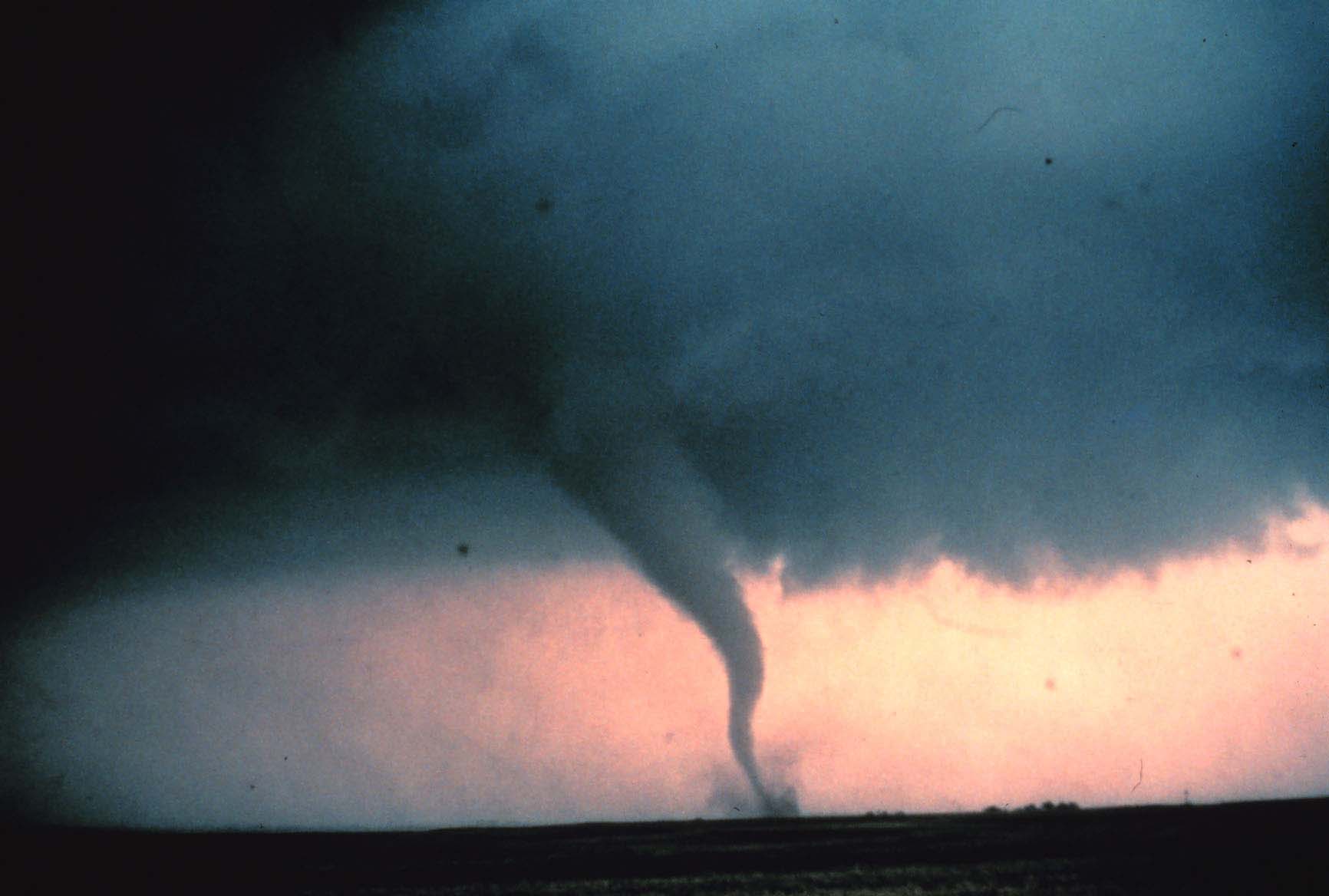Tornado season: What causes America's annual twister outbreak and what should you do if you encounter one?
Midwest, Great Plains and Mississippi Valley beset by destructive whirlwinds every spring

Your support helps us to tell the story
From reproductive rights to climate change to Big Tech, The Independent is on the ground when the story is developing. Whether it's investigating the financials of Elon Musk's pro-Trump PAC or producing our latest documentary, 'The A Word', which shines a light on the American women fighting for reproductive rights, we know how important it is to parse out the facts from the messaging.
At such a critical moment in US history, we need reporters on the ground. Your donation allows us to keep sending journalists to speak to both sides of the story.
The Independent is trusted by Americans across the entire political spectrum. And unlike many other quality news outlets, we choose not to lock Americans out of our reporting and analysis with paywalls. We believe quality journalism should be available to everyone, paid for by those who can afford it.
Your support makes all the difference.America is currently battening down the hatches for the latest tornado season onslaught.
Twisters have already been seen in Kansas, Nebraska and Oklahoma this spring and many more are expected before summer arrives.
The continental United States accounts for 75 per cent of the world's whirlwinds and is most severely hit between April and June every year, suffering an average of 1,225 annually between 1997 and 2016, 55 per cent of which occurred within that three-month window.
May is commonly the worst hit month, averaging 275 over the same period, according to the Weather Channel.
Where do tornadoes strike?
Central and south eastern states are most likely to bear the brunt, particularly the Midwest, Great Plains and Mississippi Valley.
South Dakota, Nebraska, Kansas, Oklahoma, northern Texas and eastern Colorado are all part of the area known collectively as "Tornado Alley" due to the frequency with which they are struck by cyclones – in part due to their exposure to warm winds blown northwards from the Gulf of Mexico.
The US suffers an average of 80 deaths and 1,500 injures per year as a result of whirlwinds, according to the National Geographic.
Tornadoes are measured on the Enhanced Fujita Scale of 0 to 5, ranging from minor ones of 65-85 miles per hour (mph) that might uproot crops to behemoths moving at more than 200mph and capable of tearing a house from its foundations.
How are they caused?
Tornadoes form over land as a result of severe thunderstorms.
They are vertical funnels born when fast-moving winds roll air into a horizontal vortex, which then meet opposing surface winds.
Humid air rising as a result of warm temperatures then drive the vortex upwards into a vertical position, which in turn reaches down towards the ground.
The mesocyclone, a rotating updraft, draws warm air into the centre of the storm and away from the cool downdraft, powering it forwards.
Funnels typically grow to 200 metres across and move at speeds of 10 to 20 miles an hour, but seldom travel further than six miles in their short lifetimes before blowing themselves out.
Signs that a tornado is approaching include dark clouds and an ominous greenish sky, whirling dust at ground level, hail or heavy rain followed by dead calm, loud continuous rumbles overhead (not intermittently, like thunder) and bright flashes at ground level indicating the snapping of electrical wires.
What should you do if you get caught up in one?
Families are encouraged to prepare in advance of a coming storm and agree a sheltering point, a basement being ideal, according to the US Storm Prediction Center.
Flying debris and freak accidents pose the greatest risk to personal safety so citizens are advised to have protective coverings to hand to secure loose furnishings and provide a shield from falling objects.
Stay clear of heavy units like fridges or cabinets that could topple, crouch down with your arms bracing your neck and avoid windows – glass can be easily shattered by the pressure of high winds.
You should have supplies in store and keep the TV and radio on for updates on the situation locally.
Public places like schools, offices and shopping centres should have emergency drills already mapped out, which must be closely and calmly adhered to. Not panicking is essential.
Mobile homes and vehicles that could be flipped over should be vacated in favour of sturdy shelter or lying face-down in open space as a last resort.
After the tornado has passed, you should stay clear of power lines and fallen debris, attend to any injuries and await for security personnel to arrive.
Remain outside as far as possible as a building's structural integrity might have been compromised by the battering.
Join our commenting forum
Join thought-provoking conversations, follow other Independent readers and see their replies
Comments